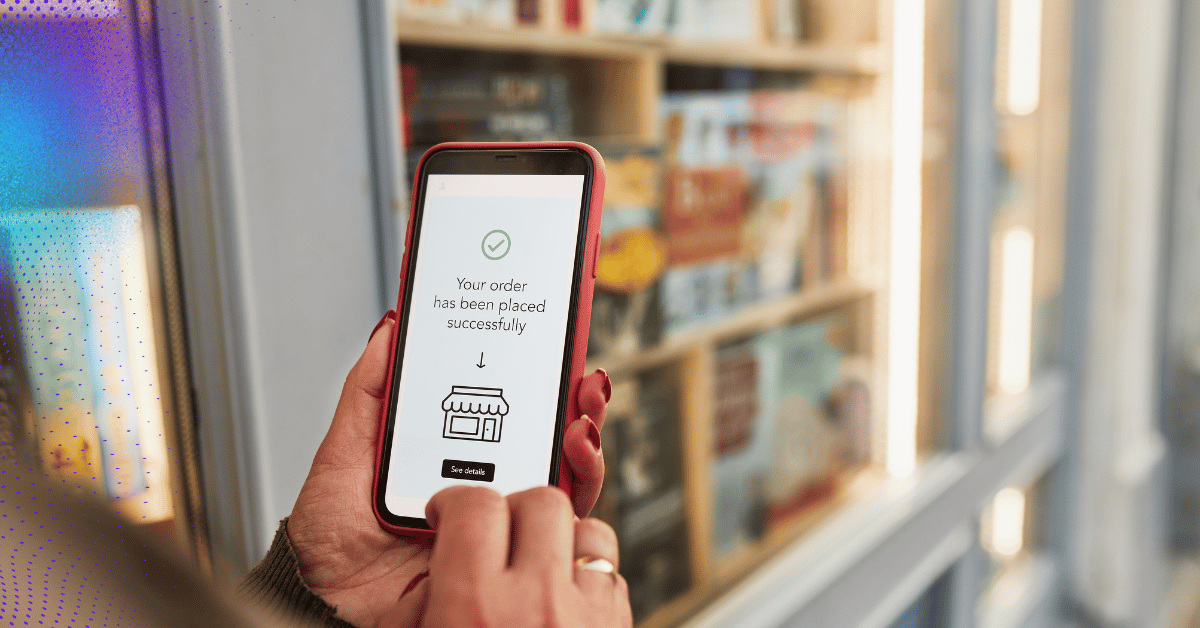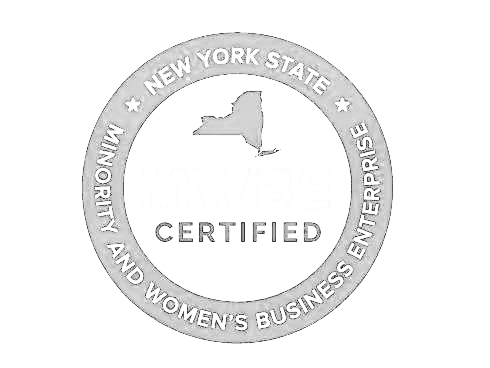Brand Differentiation Isn’t a Slogan. It’s a Feeling.
What Google’s “Vanilla Pro” Campaign Can Teach Us About Standing Out
There’s a moment in Google Pixel’s latest ad where everything clicks. A woman, standing outside a flower shop, casually asks her phone a question about how long her bouquet will last. No scrolling, no tapping. Just a real-time answer from Gemini.
Cut to the guy next to her, holding his soft-serve cone and his “Vanilla Pro” phone. He watches. Confused. A little disappointed. You can feel him asking himself: “Did I make the right choice?”
That’s the power of brand differentiation.
When Your Brand Feels Like a Tribe
Google didn’t just show off features in that ad. They told a story.
It’s not about saying “Pixel does X better than iPhone.” Instead, they show people what’s possible when you’re part of something built for real-life use. For the person solving, moving, doing, and asking. Pixel isn’t just another phone; it’s a reflection of how their users think.
You belong to something smarter. Faster. Yours.
In branding, this emotional spark is what builds loyalty. That “aha” moment when someone realizes they’ve been settling for “average.” That’s not something a spec sheet can deliver. It’s earned through positioning, storytelling, and how your brand shows up, again and again.
How to Apply Brand Differentiation to Your Business
We work with B2B and service-based businesses all the time who say, “But we’re not Google.” That’s the point. You don’t need a Super Bowl budget to stand out. You just need to know what makes you not vanilla. In our work, brand differentiation often starts with this mindset:
Speak from your customer’s point of view.
Just like Pixel shows people asking real questions, your brand should show up for your audience’s real challenges.
Create moments that shift perception.
Instead of telling them “you’re different,” show it through testimonials, behind-the-scenes moments, or bold creative choices that contrast with what’s expected.
Build community, not just customers.
When people resonate with your point of view, they’re more likely to advocate for you. That’s not luck; it’s intentional brand work.
Invest in your voice.
Consistent messaging builds familiarity. That familiarity builds trust. And trust is what drives conversion.
The Cost of Playing It Safe
Being safe is the most dangerous marketing strategy. The ad didn’t call the competitor boring. But the name “Vanilla Pro” did it for them. Brands that stay generic, especially in crowded markets, blend into the background. And in today’s world, attention is earned, not given.
We’ve seen firsthand how strategic messaging can transform perception. One of our clients, a local ABA therapy provider, went from being another ABA provider in the area to becoming the go-to option in their community, all without changing their services. We simply helped them show up with clarity, personality, and consistency.
Build a Brand That Isn’t Vanilla
You’re not selling a product. You’re selling a feeling. A reason to switch. A reason to stay.
So ask yourself: Is your brand making someone stop and think, “Did I make the right choice?” If not, maybe it’s time to stop being vanilla.
Ready to build a brand your customers love even more?
Keeping it Fluent with this
Quick Q&A
Not necessarily. Often, it’s about clarifying what already makes your brand unique, and expressing it clearly and consistently.
Not at all. In B2B, your buyers are still people. Brand differentiation makes the buying process easier by reducing friction and building trust.
Absolutely. Your advantage is agility. You can speak directly to your audience without the red tape. And that builds stronger connections faster.
Related Posts
- B2B Lead Nurture
- B2B marketing
- Brand Strategy
- Branding
- Content Strategy
- Digital Marketing
- Fluentica
- Intercultural Marketing Strategies
- Marketing
- Marketing Agency
- Marketing Strategy
- Multicultural Marketing Trends
- News
- Paid Advertising
- SEO Strategy
- Sin categorizar
- Small Business Marketing
- SMB Marketing
- Social Media Strategy
- Startup Marketing
- US Hispanic Market Insights
- Websites







